Will Male Cats Mate With Females NOT in Heat? Find Out!
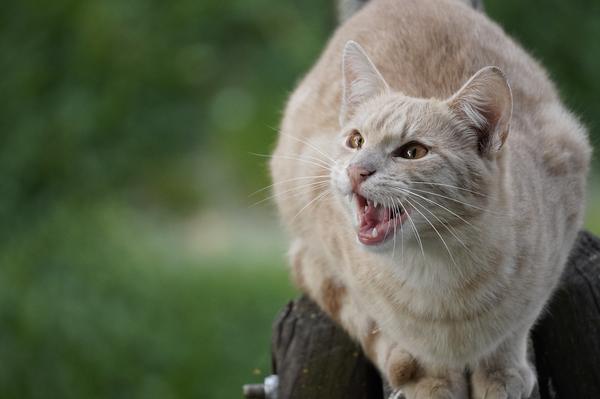
Ever wondered about the secret lives of cats?
Do you catch yourself pondering over their mysterious mating rituals?
I get it.
We've all been there, my friend.
Curiosity is a natural thing. 😺
You're probably thinking, "Will male cats even mate with females when they're not in heat?"
Well, get ready, because today we're diving into the fascinating world of feline reproductive behavior.
Buckle up, cat aficionados, and let's unravel the truth, shall we?
Can Male Cats Mate With Females Who are Spayed or Neutered?
To understand the mating behaviors of male cats in relation to spayed females, consider these 10 key points:
- Neutered male cats may still exhibit mounting behavior towards spayed females.
- This behavior can be due to learned behavior or instinct.
- Male cats reach sexual maturity at around five months old.
- They are eager to mate year-round but will only mate with females in heat.
- Unneutered males may display sexual behaviors toward other males or objects.
- Neutering male cats reduces sexual aggression and the urge to mate.
- It also prevents unwanted behaviors and decreases the risk of certain diseases.
- The procedure reduces spraying, fighting, biting, and other aggressive behaviors.
- If spaying/neutering is not possible, physical separation is necessary to prevent mating.
- Spaying/neutering cats contributes to reducing overpopulation in animal shelters.
Remember that early spaying for females and neutering for males offers health benefits, deters illnesses, increases lifespan, and is the most humane way to control populations and reduce spraying. 😺
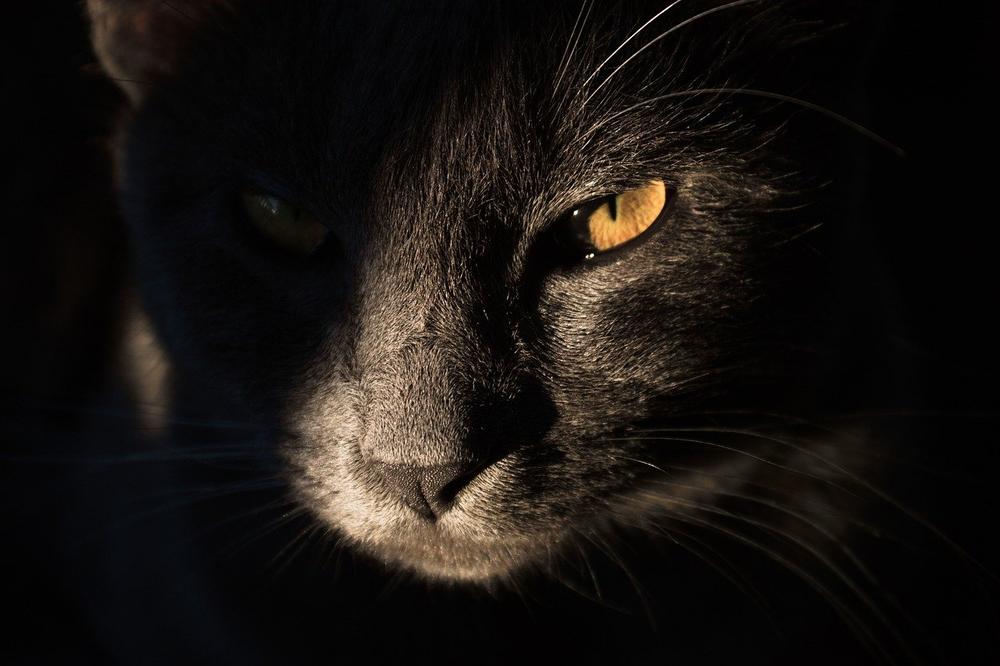
But what about the mating behaviors of male cats when it comes to females who are not in heat?
You may ask...
Male Cats' Ability to Recognize Females' Heat for Successful Mating
Male cats possess a remarkable talent for detecting the pheromones emitted by females in heat, allowing them to identify receptive mates. They rely on their keen sense of smell to determine if a female is ready for mating, rather than engaging with just any female they encounter.
Male cats have an incredible talent for detecting the pheromones released by females in heat. It's as if they have their own built-in radar system.
Unlike female cats, who experience heat cycles every 2-3 weeks, male cats are always ready for some romance.
However, this doesn't mean that they will mate with just any female they come across.
They still rely on their keen sense of smell to determine if a female is in heat and receptive to mating.
Female cats can enter their first heat as early as four months old, and their heat cycles typically last around six days.
Throughout the mating season, which usually occurs between February and October, they may experience multiple heat cycles.
By the way, spring is like cat Tinder season.
So how can you know if a female cat is in heat and has caught the attention of a male suitor?
Look out for these signs: excessive vocalization, increased friendliness, head and neck rubbing, wriggling and rolling around playfully, raising their hindquarters as an invitation, and spraying urine to mark territory.
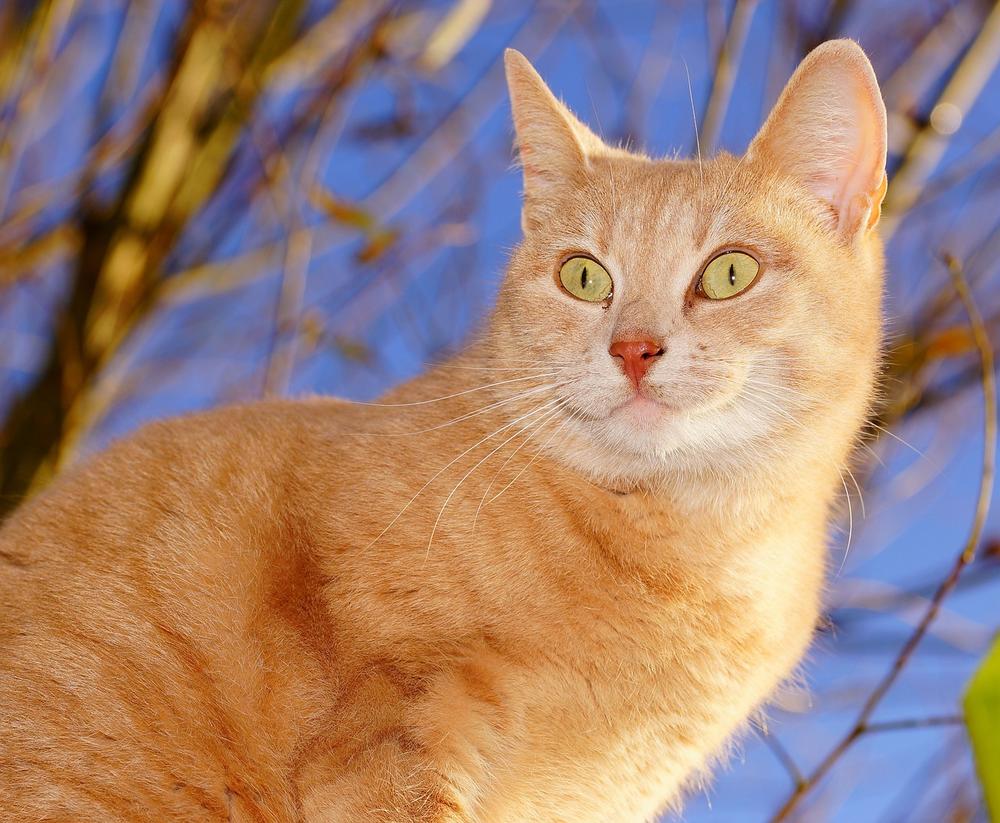
But it's not only the females making moves in the dating game. Male cats have their own ways of communicating during the heat season too.
They may spray urine and become more aggressive, asserting their dominance.
All in all, male cats don't require specific heat cycles to be in the mood for mating.
They're always ready to pounce whenever they detect a receptive female.
Remember, sniffing and spraying are important methods of attraction for cats.
So if you have a male cat at home, keep an eye out for signs of heat in female cats.
Mr. Whiskers might decide it's time to show off his charm.
And it gets interesting.
Did you know that male cats possess unique physical characteristics that can cause discomfort for females during mating?
In the next section, we will explore the fascinating details of male cat reproductive anatomy and how it affects their interactions with females in heat...
Do Male Cats Display Different Behavior When Mating With a Female in Heat vs. Not in Heat?
Male cats get super excited when they meet a female cat in heat
You know, male cats can go from calm to crazy in no time when they come across a female cat in heat.
It's like their whole world changes instantly.
When a male cat senses that a female is looking for love, he becomes a real ladies' man.
He starts marking territory with his urine to show off his masculinity and claim it as his own.
And boy, can he get aggressive!
He may not like competition from other males and will fight tooth and nail (literally) for the chance to mate.
Mating can be uncomfortable for females
But hold on, there's more!
Male cats have these little hook-like structures called barbs on their penis.
Yeah, you heard that right.
Barbs.
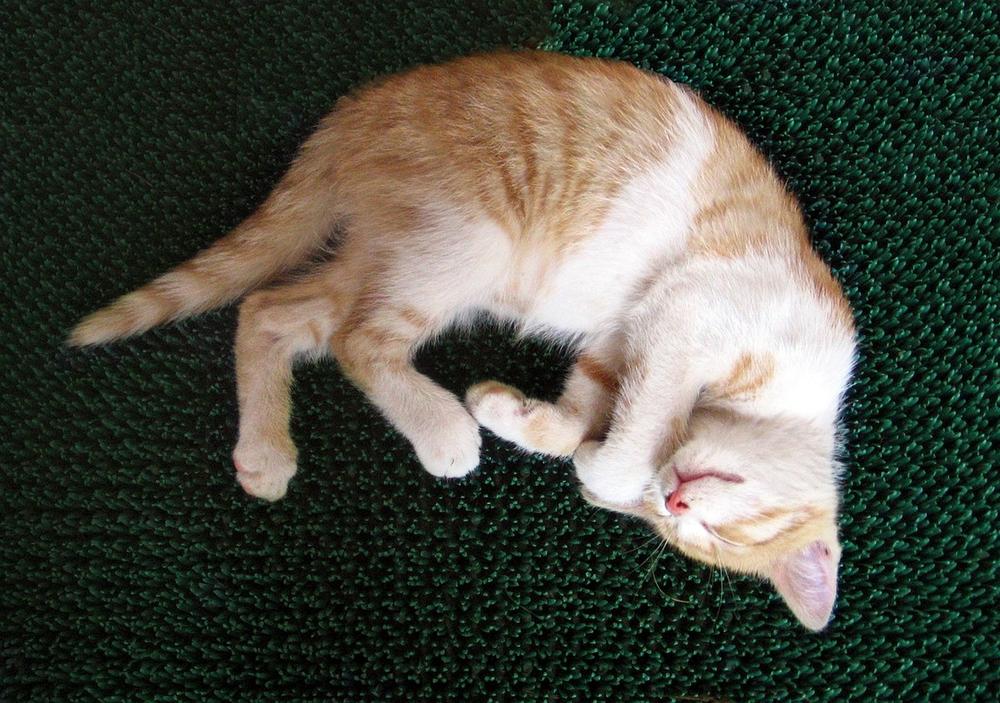
These things can really hurt females during mating.
Ouch!
So, while male cats may seem all ready to go, females might not enjoy those barbs. It's definitely not a pleasant experience for them.
Both male and female cats go through behavioral changes during mating
Now here's something interesting:
Male cats actually behave similarly to females when they're in heat.
It's like the roles are reversed, and it's fascinating to watch.
Before approaching a female, male cats often do this circling thing. They'll walk around her, trying to impress her with their moves. It's like a dance-off in the feline world!
And let me tell you, male cats don't hold back expressing their desires.
They'll make loud vocalizations, letting everyone know they're in the mood for love.
Sometimes, they even act a bit crazy and become aggressive towards females in heat.
It's a wild world out there when it comes to cat romance, my friend.
And here's what you need to know about female cats and their ability to control mating with male cats!
Can Female Cats Reject Mating Advances From Male Cats?
Can female cats refuse male cats who want to mate with them? 😼
Yep!
Here's the lowdown on how female cats can say "no":
Female cats have ways to physically resist mating, like arching their backs, growling, hissing or swatting.
And wait, there's more...
Female cats can get a birth control shot called Delvosteron that stops their heat cycle for about five months, helping prevent unplanned mating.
But it doesn't stop there...
Some female cats may show receptive behavior even when they're not in heat. So, keep an eye on your furry friend to make sure she's safe.
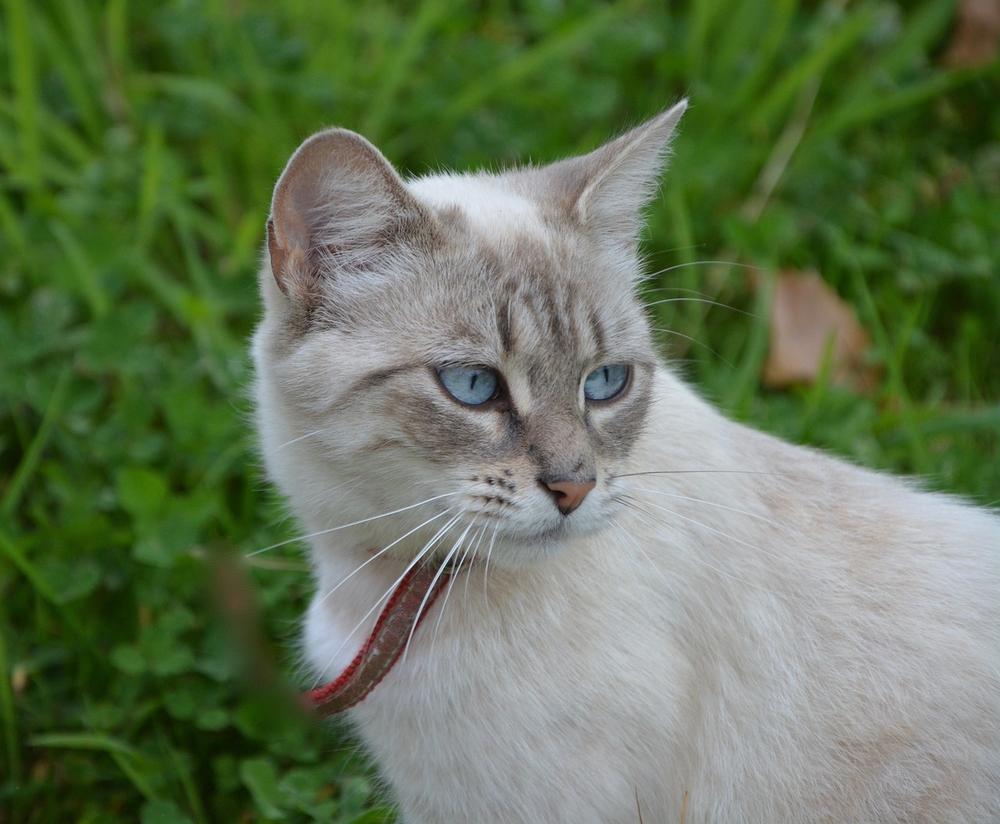
And here's another thing...
Male cats might back off from mating if female cats act aggressive by hissing or growling. Ladies, stand your ground!
But here's the deal...
Once female cats mate, they can reject the male's presence, showing that they have the power to choose their partners.
So what can you do to avoid unwanted litters?
Spaying your female cats before their first heat is the best choice to prevent health issues. But older queens can still go through heat until they get spayed.
And also, take these precautions:
Keep intact male and female cats separate to prevent mating. And if you have pregnant or sexually mature cats, make sure to keep them apart.
Cats have their own ways of setting boundaries.
Listen to them, respect their choices, and make sure they're safe and happy.
How Does Mating Outside of a Female's Heat Cycle Affect Pregnancy?
Will male cats mate with females that are not in heat?
The answer is simple:
No, they won't.
Let me explain it to you.
When a female cat is not in heat, there won't be any eggs for fertilization to occur.
It's as straightforward as that.
But here's the interesting part. If mating takes place during the heat cycle, the eggs could implant and result in pregnancy.
Cats work fast, so they can mate shortly after being in heat and get pregnant right away.
That means kittens arriving in just two months!
During pregnancy, pay attention to changes in behavior, increased activity, and frequent visits to the litter box.
These signs indicate nature's way of preparing for what's to come.
And when those adorable furballs arrive, prepare to be amazed.
Within a few hours, they instinctively find their mama cat's nipples.
Mother Nature knows best.
Oh, I almost forgot!
Make sure to feed Mama Cat a diet that promotes growth during pregnancy.
Her body is going through some changes, so she needs all the support she can get.
But, on the rare occasion if a male cat attempts to mate with a female outside of her heat cycle, it can have both physical and mental consequences for the female.
And let me tell you, these encounters are not pleasant or harmless!
Understanding the Risks of Mating Outside of a Female's Heat Cycle
Mating with a female cat when she's not in heat could cause harm.
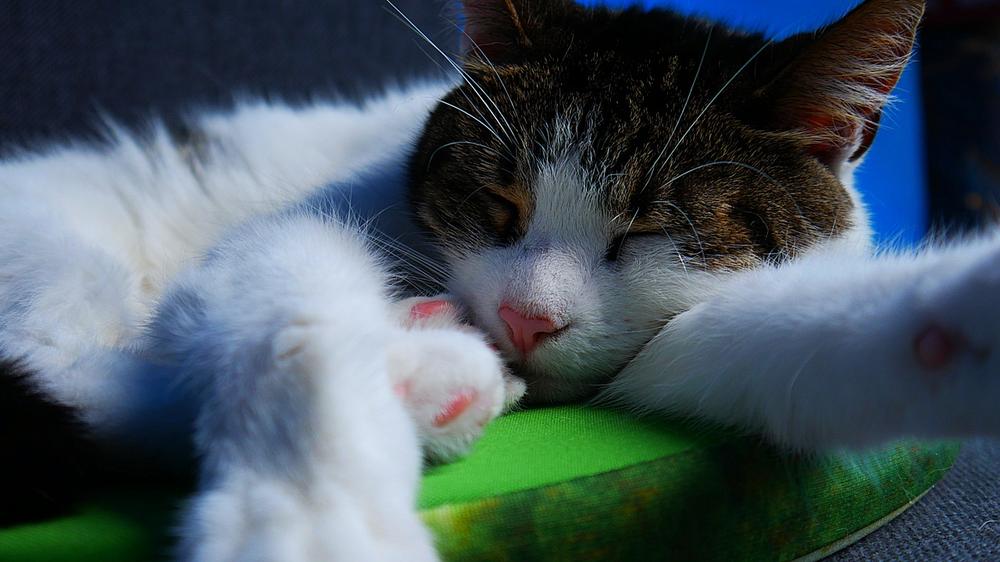
Male cats have barbs on their penis, which can hurt the female during nonreceptive encounters. Handling and caring for kittens without their mom is demanding because they are delicate and require special attention.
Implications of Mating Outside Females' Heat Cycle
Summary Key Takeaways:
- Male cats reach sexual maturity at around five months old and are eager to mate year-round, but they will only mate with female cats who are in heat.
- Neutering male cats has several benefits, including reducing sexual aggression and the urge to mate, preventing unwanted behaviors, and decreasing the risk of certain diseases.
- Spaying/neutering cats prevents unwanted pregnancies and contributes to reducing overpopulation in animal shelters.
- Female cats can go into heat as early as four months old, with heat cycles occurring every 2-3 weeks.
- Signs of a female cat in heat include excessive vocalization, increased friendliness, head and neck rubbing, and behavior changes like yowling and aggression.
- Male cats have a critical heat season from September to March and display sexual activity throughout the year.
- Cats communicate through biochemical signals, such as odors and pheromones, during their mating behavior.
- Males express their desire to mate by howling loudly and continuously and become agitated and act crazy around female cats in their vicinity.
- Female cats in heat are fertile and actively seeking a mate, while males display behavioral changes similar to those of females when they're ready to mate.
- Mating will lead to ovulation and fertilized eggs may implant in the uterine lining.
- Cats can become pregnant as early as 7 to 10 days after estrus and go through a gestation period of about two months.
- Hand-rearing kittens can be challenging because they are fragile.
And that wraps up today's article.
Before you leave, can I ask you something? Did my blog post help you out? If it did, I would be extremely grateful if you could share it with your friends and family. You just need to click on any of the social media sharing icons for instant sharing. Thank you so much!
Talk soon,
-Sarah Davis